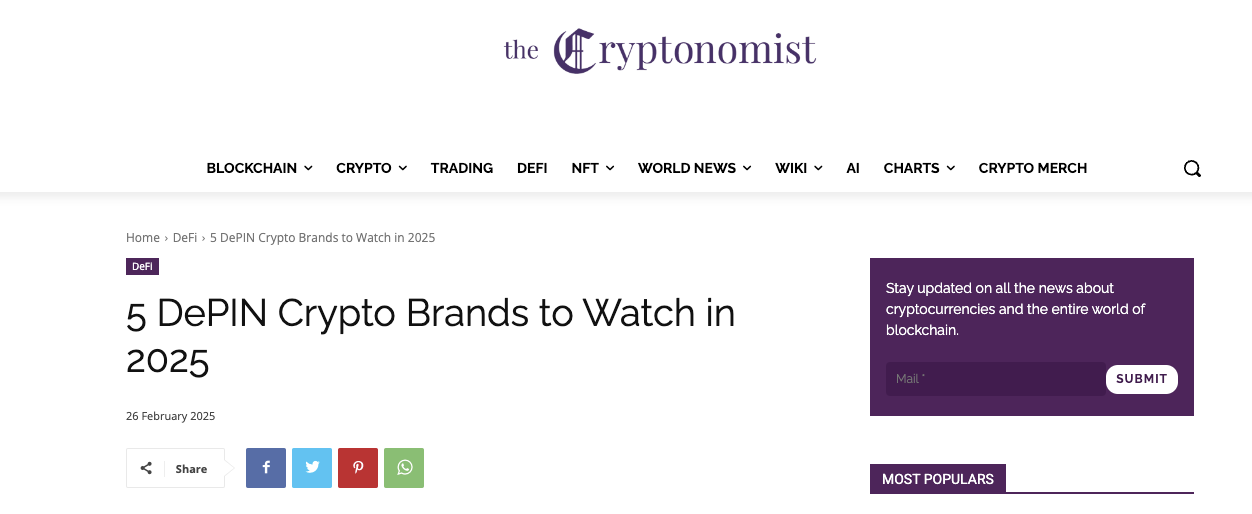Latest DePIN News
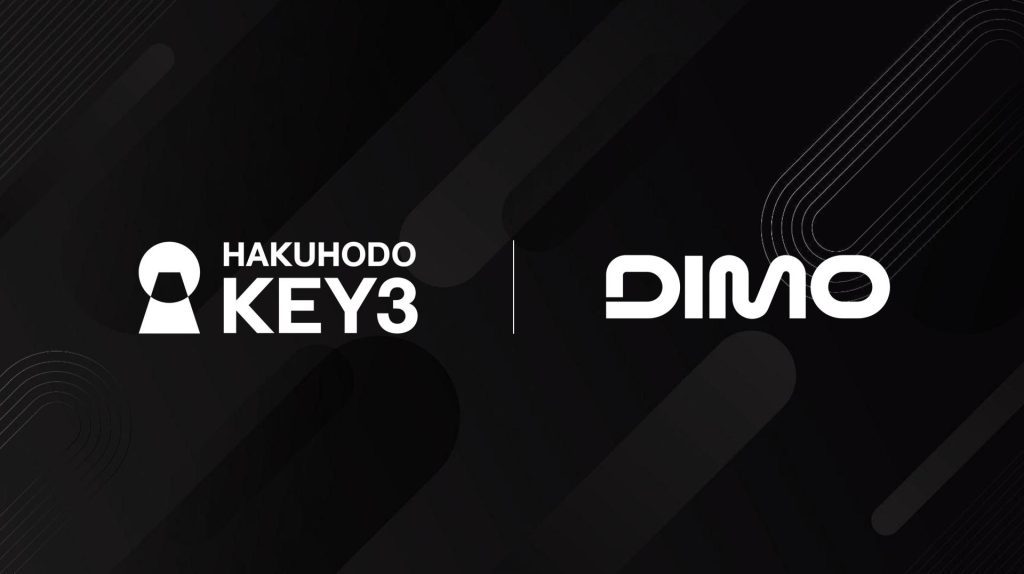
3 months ago
HAKUHODO KEY3 Partners with DIMO to Revolutionize Automotive Data in Japan
On February 26th, 2025, HAKUHODO KEY3 Inc., based in Tokyo, announced a strategic partnership with the DIMO Foundation to enhance the connected car experience in Japan. This collaboration aims to develop innovative products and services utilizing blockchain technology within the automotive sector. DIMO, a DePIN (Decentralized Physical Infrastructure Network) project founded in the US, focuses on addressing challenges in the automotive industry by creating a decentralized ecosystem that interlinks digital and physical infrastructures. This partnership signifies a significant step towards integrating web3 technology into the automotive landscape in Japan.
DIMO's Co-Founder, Alex Rawitz, emphasized the importance of collaboration in building a connected vehicle future, stating that HAKUHODO KEY3's extensive connections within the automotive industry make them an ideal partner. The partnership is expected to facilitate the implementation of DIMO's platform in Japanese vehicles, allowing drivers to connect their cars to a data ecosystem. This initiative aims to provide users with greater control over their vehicles and data, enhancing privacy while creating new services and economic opportunities.
HAKUHODO KEY3's CEO, Toshinori Shigematsu, expressed enthusiasm for the collaboration, highlighting the potential of DIMO's technology to drive mass adoption of web3 solutions. As the automotive industry evolves, this partnership represents a pioneering effort to merge traditional automotive practices with cutting-edge blockchain innovations. Both companies are committed to fostering a seamless integration of web3 technologies, ultimately aiming to improve customer experiences and contribute to the growth of the automotive market in Japan.
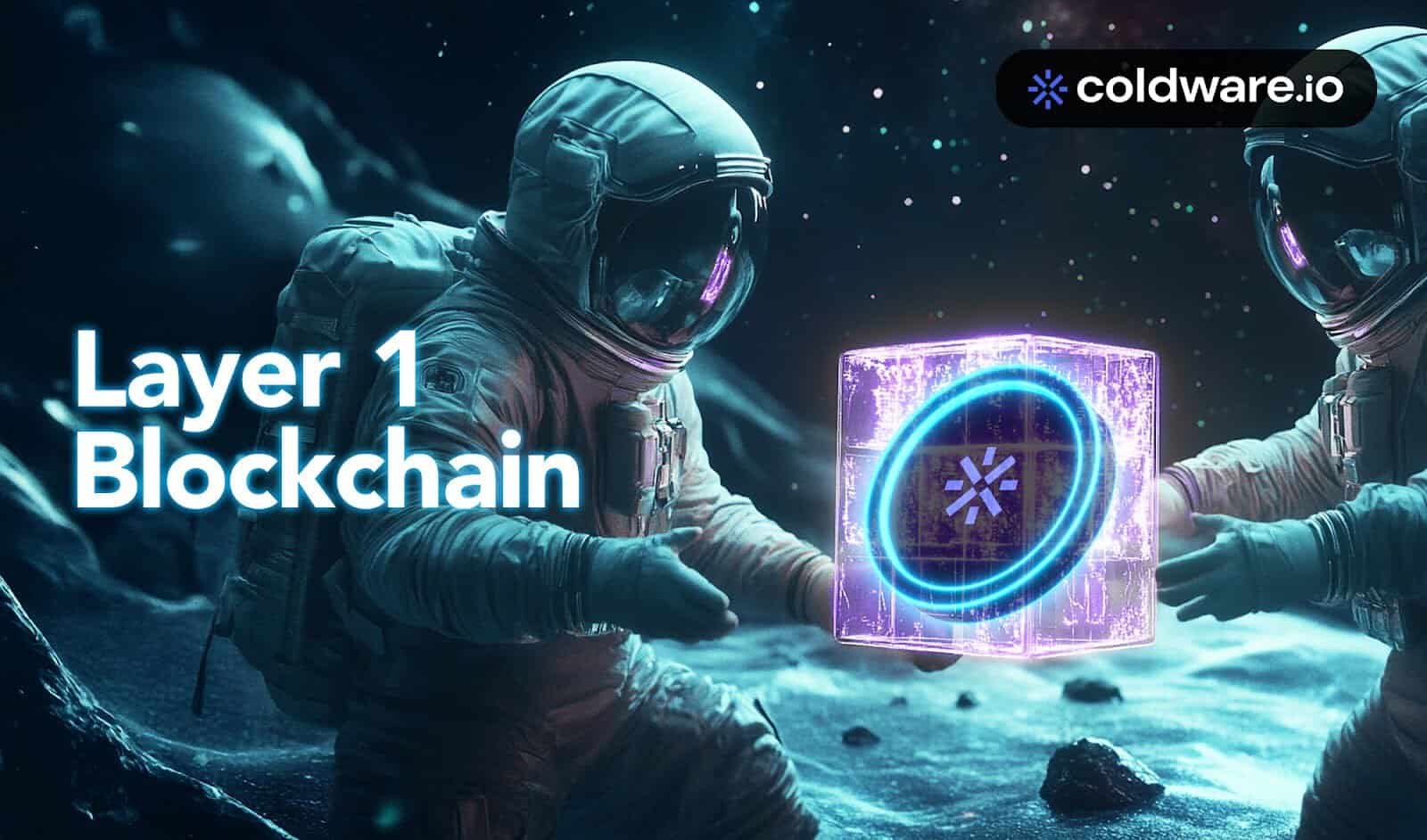
3 months ago
Coldware and Render: Key Players in the DePIN Sector
The decentralized physical infrastructure network (DePIN) sector is witnessing significant developments, particularly with two standout projects: Coldware (COLD) and Render (RENDER). Coldware is redefining the integration of blockchain with real-world asset (RWA) tokenization and payment finance infrastructure, while Render focuses on revolutionizing distributed GPU rendering. As the Web3 landscape evolves from mere speculation to practical applications, both projects are positioned for substantial growth, potentially achieving a remarkable 5000% surge in the coming years.
Coldware (COLD) is at the forefront of the next evolution in DePIN and Web3 utility, expanding its influence beyond GPU distribution. It is introducing blockchain-integrated hardware devices, such as smartphones and digital wallets, aimed at creating a decentralized financial ecosystem. This innovative approach not only enhances the utility of blockchain technology but also facilitates the tokenization of RWAs and the development of PayFi solutions, which are essential for mainstream adoption.
On the other hand, Render (RENDER) has established itself as a leader in decentralized GPU computing, connecting digital artists and developers with distributed GPU power. By allowing users to monetize their idle GPU resources in exchange for RENDER tokens, the platform has garnered significant partnerships with major industry players. However, as competition within the DePIN ecosystem intensifies, Coldware's comprehensive infrastructure model may provide it with a competitive edge. The question remains whether Coldware will surpass Render in the anticipated 5000% growth, as it integrates blockchain into everyday life, potentially driving the next wave of decentralized adoption.
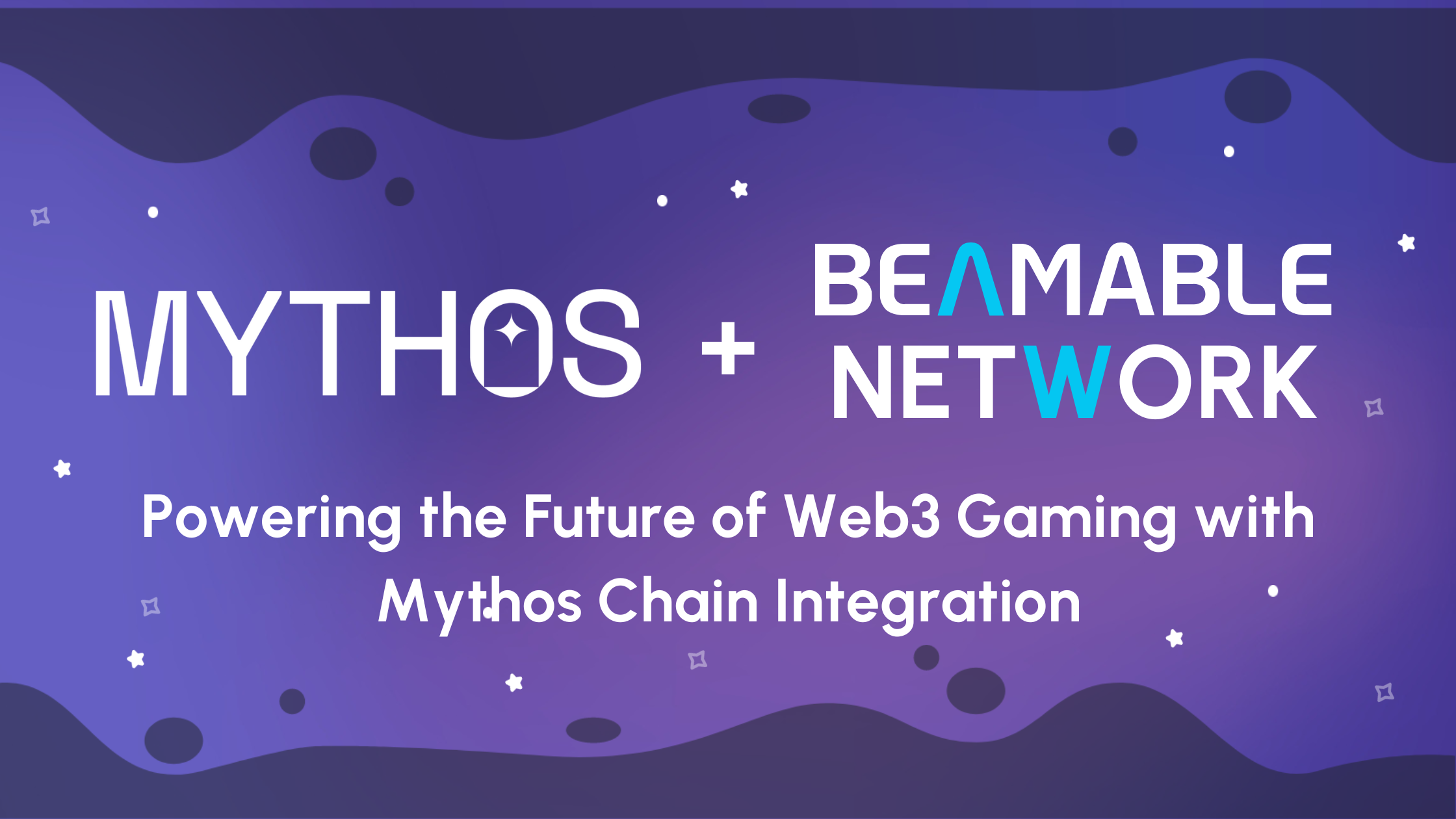
3 months ago
Beamable Integrates Mythos Chain for Enhanced Web3 Gaming Experience
Web3 gaming is experiencing rapid evolution, necessitating developers to have access to scalable and decentralized infrastructure that can support immersive, player-driven economies. In response to this demand, Beamable Network has announced its native support for Mythos Chain, providing developers with an out-of-the-box solution for seamless integration of Mythos tokens. This initiative, unveiled at ETH Denver 2025 and backed by Scytale Digital, aims to leverage Polkadot's scalability and interoperability to enhance the capabilities of game developers in the Web3 space.
The integration of Mythos, a Polkadot-based chain, offers game developers the speed, security, and cross-chain compatibility essential for creating next-generation Web3 games. By incorporating native support for Mythos tokens, Beamable simplifies the blockchain implementation process, allowing studios to effortlessly launch and scale their Web3-powered game economies. Jon Radoff, CEO of Beamable, emphasized that this integration will eliminate complexity and empower studios to create engaging and player-driven economies that redefine ownership and interaction in gaming.
Developers utilizing the Beamable SDK for Mythos will benefit from various features, including seamless support for Mythos tokens, plug-and-play blockchain integration, and scalable monetization solutions. To further discuss the future of Web3 game development, Jon Radoff and John Linden, CEO of Mythical Games, will host a live discussion on February 26. They will cover topics such as the vision behind the Mythos SDK integration, the advantages of Polkadot infrastructure for game developers, and strategies for onboarding traditional game developers into the Web3 ecosystem. With this collaboration, Beamable is set to make decentralized gaming more accessible and scalable than ever before.

3 months ago
Multicoin Leads $8 Million Investment in Geodnet's Hyper-Accurate Location Network
In a significant development within the blockchain and geospatial technology sectors, crypto investment firm Multicoin has spearheaded an $8 million acquisition of GEOD tokens. This investment is aimed at supporting Geodnet, a project that offers a hyper-accurate alternative to traditional GPS systems. Geodnet operates under the decentralized physical infrastructure networks (DePIN) model, which incentivizes individuals to host physical infrastructure, thereby creating a robust mapping service that can deliver location data with centimeter-level precision. Over the past year, the demand for Geodnet's services has surged, leading to a doubling of its token value, reflecting the project's growing relevance in various industries.
Geodnet's technology is particularly beneficial for sectors that require precise location data, such as agriculture and robotics. According to project lead Mike Horton, the existing GPS systems fall short for applications like farming drones and industrial robots, which need location accuracy down to the size of a golf ball. With nearly 14,000 base stations already operational, Geodnet is outpacing competitors by a significant margin, having established more stations in two years than others have in two decades. This rapid scaling is attributed to the DePIN model, which alleviates the financial burden of deploying infrastructure by allowing individuals to earn GEOD tokens through hosting base stations.
The strategic investment from Multicoin is seen as a pivotal move to enhance the capabilities of technologies reliant on precise geospatial data, including self-driving vehicles and delivery drones. Geodnet is currently generating over $3 million in annual recurring revenue and is targeting expansion into markets like India and South America, particularly within the agricultural sector. As the demand for accurate location services continues to grow, Geodnet's innovative approach positions it as a key player in the evolution of geospatial technology and its applications in automation and robotics.
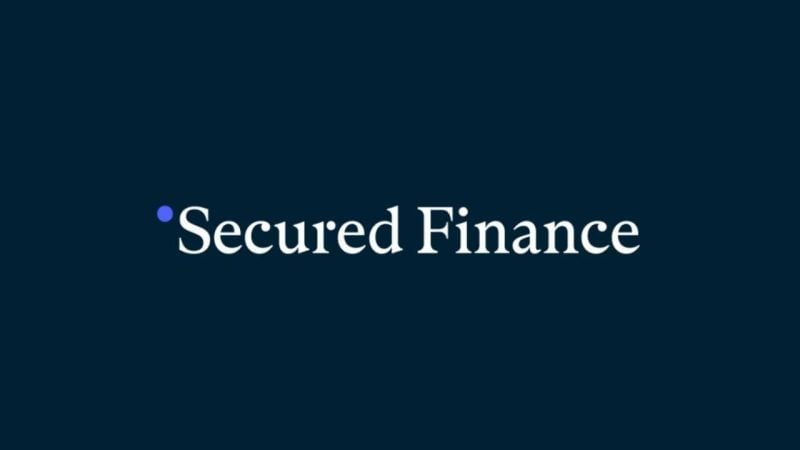
3 months ago
Filecoin Ecosystem Set to Benefit from New US Dollar-Denominated Stablecoin
Recent research from 10X Research highlights the potential advantages of introducing a US Dollar-denominated stablecoin within the Filecoin ecosystem. As one of the fastest-growing platforms in Web3, Filecoin is poised to unlock significant value within its decentralized file storage network. The study emphasizes the importance of establishing a publicly open, peer-built lending market and a liquid source of on-chain Dollars, particularly as the data stored on Filecoin increasingly fuels the AI revolution. The anticipated stablecoin is expected to enhance user adoption, liquidity, and stability, similar to the impact DAI had on Ethereum's DeFi markets.
The report outlines several key benefits of the proposed stablecoin, which is being developed by Secured Finance and named USDFC. By allowing transactions in US Dollars, the stablecoin aims to make Filecoin's platform more accessible to a broader audience, eliminating the need for users to transact in FIL. Furthermore, it would open up new opportunities for leveraging loop trading, carry trades, and fixed-income instruments within the Filecoin ecosystem. Secured Finance's CEO, Masa Kikuchi, expressed optimism about the potential for innovation and growth within the Filecoin ecosystem, drawing parallels to the success of DAI, which saw its backing ETH tokens grow significantly shortly after launch.
The introduction of USDFC could significantly alter the trajectory of the Filecoin project, fostering a more robust financial ecosystem. With the backing of Secured Finance and the insights from 10X Research, the Filecoin community is encouraged to embrace this development as a step towards greater financial inclusion and innovation in decentralized finance. As the landscape of digital assets continues to evolve, the potential for Filecoin to become a key player in the DeFi space is becoming increasingly apparent.

3 months ago
Coldware Emerges as a Strong Contender Amid Solana's Market Struggles
Coldware (COLD) has recently gained significant attention in the decentralized infrastructure space, particularly as Solana (SOL) faces a turbulent market environment. The price of Solana has dropped by 13.49%, primarily due to an impending $2.5 billion token unlock scheduled for March, which has heightened bearish sentiment among investors. Analysts warn that if Solana fails to maintain its crucial support level at $155, it could see further declines to around $133, and potentially below $100. Despite these challenges, some traders remain optimistic about Solana's long-term prospects, believing that a breakout could lead to a new bull run.
In contrast, Coldware is positioning itself as a strong competitor within the Decentralized Physical Infrastructure Network (DePIN) sector. Its innovative integration of AI security, IoT applications, and DeFi staking has attracted interest from investors seeking real-world applications beyond mere speculation. As Solana struggles with network congestion and governance issues, Coldware's unique approach is drawing capital away from Solana, with many traders viewing it as a promising alternative in the decentralized infrastructure landscape.
Additionally, Sonic (S) has recently surpassed the $1 billion Total Value Locked (TVL) milestone, showcasing its rapid growth in the DeFi ecosystem. However, it has also faced price instability, experiencing a 17% decline after reaching a weekly high. Analysts are cautious, noting potential bearish patterns in Sonic's price chart. As market uncertainty prevails, Coldware's focus on practical applications is resonating with developers and institutional investors, positioning it as a key player in the evolving blockchain infrastructure space, especially as Solana's momentum falters.

3 months ago
Mutuum Finance: Driving Towards a $1 Token Price
Mutuum Finance is a prominent player in the decentralized finance (DeFi) space, focusing on innovative lending and borrowing protocols. One of the key factors that could potentially propel the project's token price to $1 is its unique buy-and-distribute mechanism. Additionally, the upcoming launch of a stablecoin by Mutuum Finance is anticipated to further contribute to the growth and stability of its ecosystem.
The project's strategic initiatives and commitment to DeFi principles position it as a promising contender in the rapidly evolving blockchain landscape.

3 months ago
The Rise of AI in Cryptocurrency: Spotlight on JetBolt and Other Innovators
The integration of artificial intelligence (AI) into the cryptocurrency market has gained significant momentum, particularly with the emergence of large language models like ChatGPT and Google Gemini. By 2025, a diverse array of projects, including established names and rising stars such as JetBolt, Near Protocol, The Graph, Arweave, and Virtuals Protocol, have carved out a niche in the AI crypto space. Among these, JetBolt (JBOLT) has made headlines with its impressive token sales, having sold nearly 330 million JBOLT tokens. This innovative altcoin offers a gas-less infrastructure and an AI-driven crypto news aggregator, effectively addressing some of the long-standing challenges faced by blockchain technology.
JetBolt's unique approach to solving high gas fees and slow transaction speeds is through its Zero-Gas Technology, which utilizes the Skale Network for seamless on-chain interactions. This technology not only eliminates gas fees but also ensures near-instant finality for transactions, making them irreversible upon processing. Additionally, JetBolt features an AI-powered aggregation platform that curates crypto news and Web3 content, categorized by market sentiment. The platform also promotes user engagement through its Proof of Attendance and Worth (PAW) protocol, allowing users to earn staking rewards while participating in the ecosystem.
Other notable projects in the AI crypto landscape include Near Protocol, which enhances scalability through “nightshade” sharding, and The Graph, which simplifies blockchain data access for developers. Arweave focuses on permanent data storage, while Virtuals Protocol enables the management of digital assets like NFTs. As the AI and blockchain sectors continue to evolve, JetBolt and its peers are poised to lead the charge, appealing to a growing community of crypto enthusiasts eager for innovative solutions in the digital asset space.

3 months ago
Qubetics Emerges as a Game-Changer in the Crypto Space
The crypto landscape is witnessing significant advancements with projects like Arweave and AAVE leading the charge. Arweave is gaining traction for its innovative approach to permanent data storage, providing a decentralized solution that ensures data remains accessible and unaltered indefinitely. This model is attracting attention from major organizations looking to archive crucial information without the risk of censorship or data loss. Meanwhile, AAVE continues to solidify its position in decentralized finance (DeFi) by enhancing its lending and borrowing protocols, expanding its ecosystem across multiple blockchains, and implementing robust security measures to protect users from market volatility.
Emerging as a formidable contender in this space is Qubetics ($TICS), touted as the world's first Web3 aggregator. This project aims to simplify blockchain development through its unique QubeQode IDE, which allows developers and businesses to create decentralized applications with ease. By unifying the best features of various blockchains, Qubetics is not only making crypto more accessible but also positioning itself as a potential game-changer with its presale already raising over $13.9 million. Investors are eagerly eyeing this opportunity, with predictions suggesting that the token price could soar significantly by the time of its mainnet launch in Q2 2025.
As the crypto market evolves, the competition among these projects intensifies. Arweave's focus on permanent data storage and AAVE's innovations in DeFi are commendable, but Qubetics' approach to bridging the gap between traditional businesses and blockchain technology could set it apart. With its groundbreaking QubeQode IDE and a promising presale, Qubetics is emerging as a frontrunner for those seeking high-potential investments in the crypto space. As the industry continues to grow, it will be intriguing to see which project ultimately leads the next wave of innovation and investment opportunities.
Signup for latest DePIN news and updates
